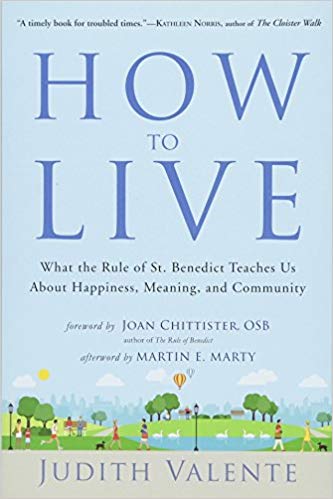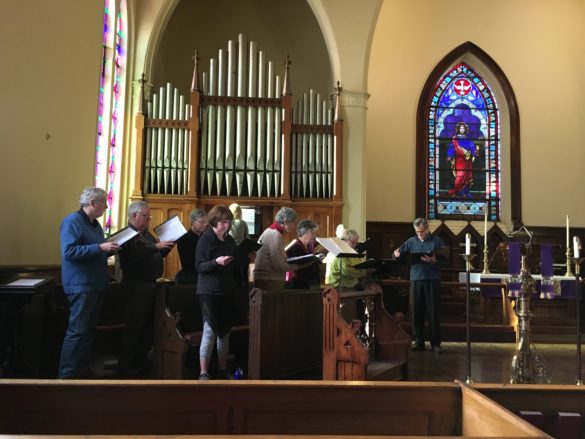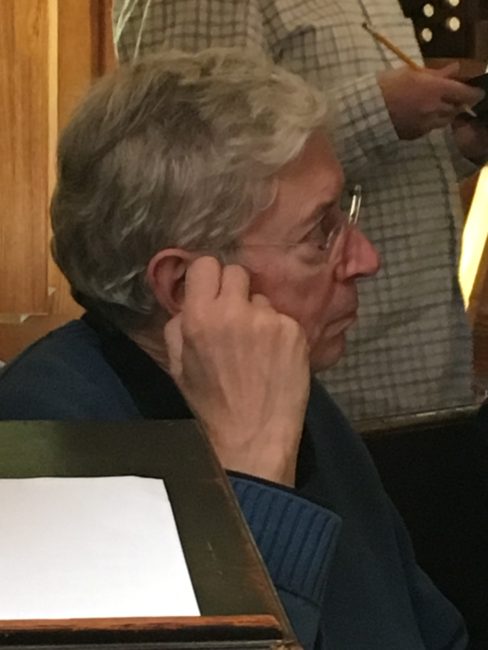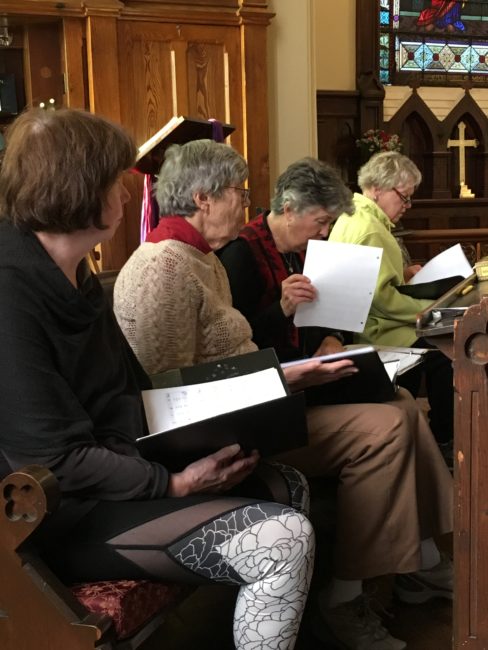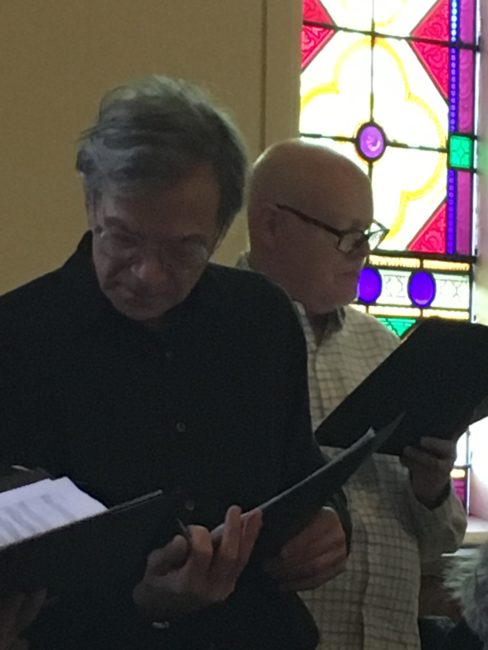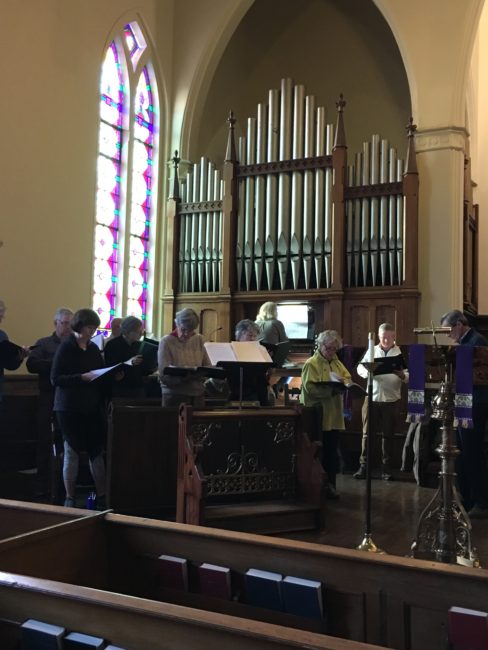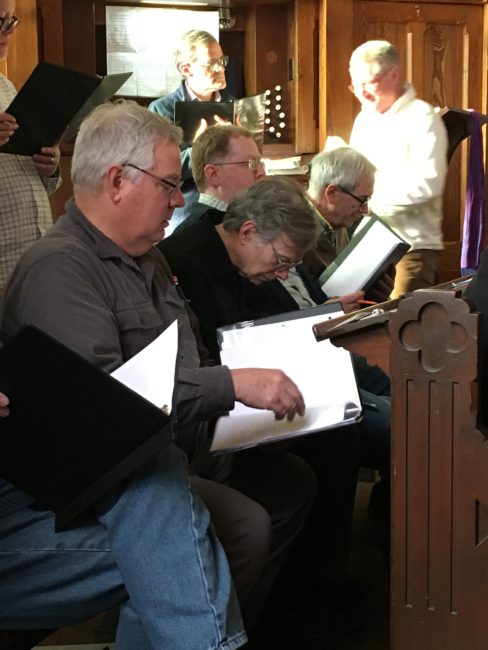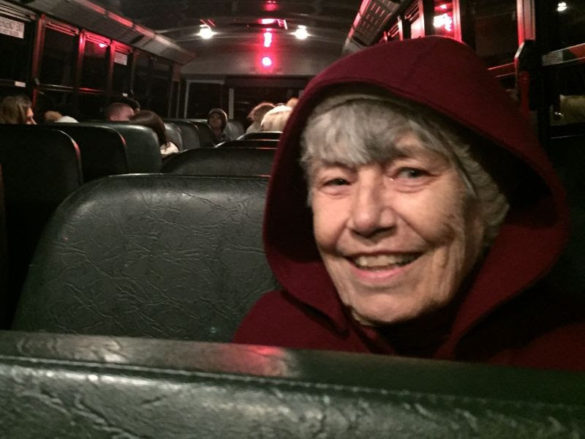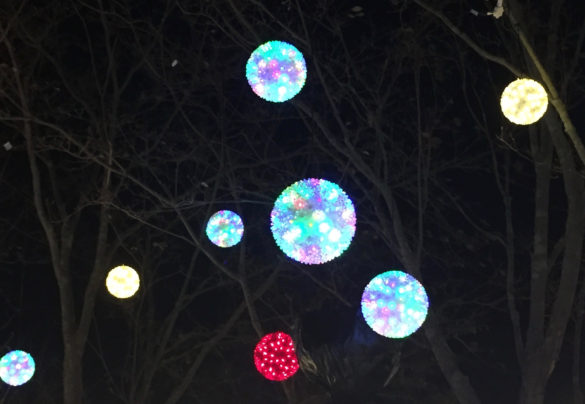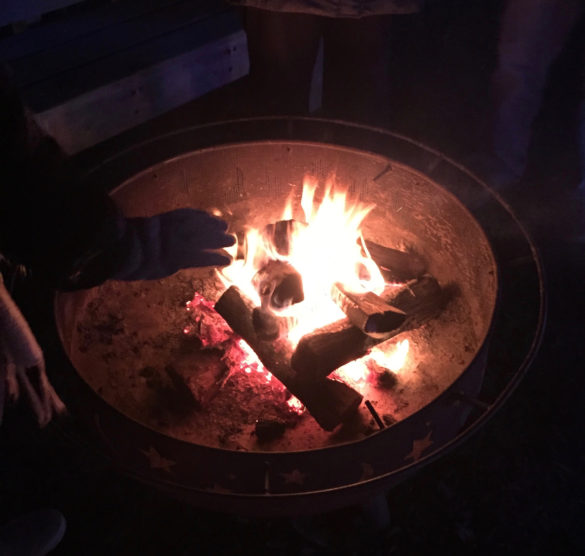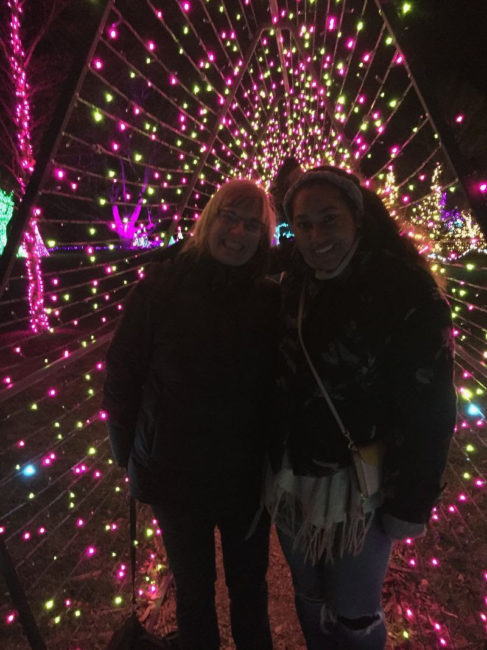
The Presentation of Our Lord Jesus Christ in the Temple
A feast of our Lord, celebrated on Feb. 2, also known as Candlemas, and the Feast of the Purification, commemorates the presentation of Jesus and the purification of Mary in the Jerusalem Temple forty days after Jesus’ birth, in accordance with the requirements of Jewish law (Lv 12:2-8). The feast is celebrated about forty days after Christmas. According to the account of Lk 2:22-39, the presentation of Jesus was also the occasion of the meeting of Jesus with Simeon and Anna. Simeon’s prayer of blessing is the basis for the canticle Nunc dimittis (see, Book of Common Prayer, p. 120). Celebration of the feast dates from the fourth century in Jerusalem. It was introduced in Rome in the seventh century, where it included a procession with candles and the singing of the Nunc dimittis. The celebration came to include the lighting and blessing of candles which were carried in procession. This feast was known as “Candlemas.”
Nunc dimittis
A canticle based on the words of Simeon, who recognized the infant Jesus to be the Messiah at the Presentation of Jesus in the temple by Mary and Joseph (Lk 2:29-32). It had been revealed to Simeon by the Holy Spirit that he would not die before he had seen the Messiah. When Simeon saw the child Jesus he took him up in his arms, blessed God, and said, “Lord, you now have set your servant free to go in peace as you have promised.” Simeon was peaceful and ready to face death because he had seen the long-expected Messiah. The canticle is also known as the Song of Simeon. The term Nunc dimittis is from the initial words of the Song of Simeon in Latin, which mean “now let depart.” The canticle is identified as the canticle for Evening Office by the Apostolic Constitutions of the late fourth century.
In the seventh century, Pope Sergius (d. 701) introduced in Rome a procession with candles and the singing of the Nunc dimittis to celebrate the Presentation of our Lord Jesus Christ in the Temple. The day came to be known as “Candlemas.” The Nunc dimittis became the canticle for use at Compline in the west. It was also used as the canticle following the second lesson at Evensong in the 1549 Book of Common Prayer. It has appeared in this place in every subsequent Prayer Book except the 1789 Book of Common Prayer. The 1979 Book of Common Prayer uses the Nunc dimittis after the second lesson at Evening Prayer (p. 120) and near the conclusion of Compline (p. 135). At the Burial of the Dead, the Nunc dimittis may be used as an anthem as the body is borne from the church after the commendation. The Nunc dimittis also appears as Canticles 5 and 17 for optional use at Morning Prayer (pp. 51, 93). The Hymnal 1982 provides musical settings of the Nunc dimittis (S 196-S 200, S 254-S 260). The Hymnal 1982 Accompaniment Edition, Vol. 1 also provides musical settings of the Nunc dimittis (S 395, S 405).
Canticle
A canticle is a non-metrical song used in liturgical worship. Canticles are drawn from biblical texts other than the Psalter. The term is derived from the Latin canticulum, a “little song.” In practice, canticles are sung or said in worship. The Book of Common Prayer provides contemporary and traditional language canticles. Contemporary language canticles may be used in traditional language services and vice versa. Many canticles are traditionally known by the opening words (incipit) of the canticle in Latin versions of the Bible or service books, such as the Benedictus Dominus Deus (Canticle 16, Book of Common Prayer, p. 92). The Book of Common Prayer provides a Table of Canticles suggested for use at Morning and Evening Prayer (pp. 144-145). Canticles serve as responses to the readings at the services of the Daily Office. Canticles may also be used at the Burial of the Dead after the OT and NT readings, at the Holy Eucharist on certain occasions as an alternative to the psalm appointed, at the Easter Vigil after certain Old Testament readings in the liturgy of the word, in the Daily Devotions for Individuals and Families, and after the Bible reading in the Order for Evening.
Psalter
A publication in which the psalms are written in regular poetic meters and intended for singing to musical settings in stanzas. The earliest important metrical psalter in English is the “Old Version” or “Sternhold and Hopkins.” The first version of nineteen metrical psalms was published about 1547, followed by a complete version that was published in London in 1562. They were authorized for use before and after services and sermons. The Hymnal 1982 contains William Kethe’s version of Ps 100, “All people that on earth do dwell” from the 1562 edition (Hymns 377-378). The “Old Version” was used in England into the eighteenth century. It was generally replaced by the “New Version” of Nicholas Brady and Nahum Tate, which was first published in London in 1696. The Hymnal 1982 contains three texts in altered versions from this collection (Hymns 364, 658, 666). The “New Version” was used by English colonists in America before the Revolution and was bound with the first Book of Common Prayer for publication in 1789. The 1832 General Convention substituted selections from the psalms for the whole Psalter. Most of these were from the “New Version,” but sixteen were from other sources. The Book of Common Prayer allows use of metrical versions of the invitatory psalms and of the canticles after the readings at Morning and Evening Prayer (Book of Common Prayer, p. 141).
Learn More: https://episcopalchurch.org



